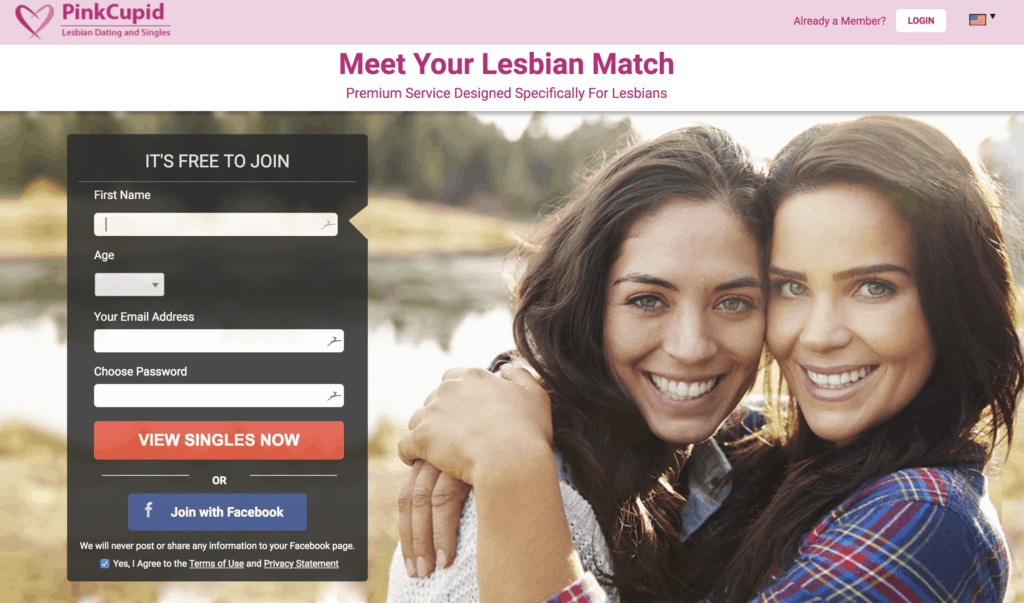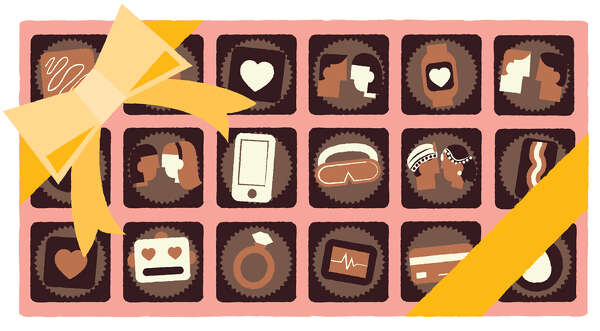
How to be successful on a lesbian dating app - accept. The
Why lesbian dating apps have failed to connect

Nearly three years before Tinder came on the scene, Grindr was doing the same thing for gay and bisexual men: an app you turned on to see who might turn you on.
Grindr, which now boasts more than 2.4 million daily users, found success by offering its users an immediate connection with others who are logged on and close by. Some have said Tinder is the closest thing to a Grindr for straight people.
But there has never been a successful equivalent for lesbians.
Countless lesbian dating and hook-up apps have tried. Once hailed as revolutionary, they now live on only in the Internet Archive: Brenda, GirlDar, OurChart (yes, like the one from “The L Word”), Qrushr, Wing Ma’am. All gone.
Dattch, a mix of the words “date catch,” was founded by Robyn Exton in 2012 after a cursory look at what dating apps were available for lesbian, bisexual and bi-curious women.
“They were all, like, trying to get people to sign up by showing these images of 50-year-old women holding hands and walking on the beach or women who were clearly porn stars — like a man’s idea of what a lesbian looks like,” she said in a recent interview. “If you actually built an app around how women talk to each other, it changes everything.”
Future of Love

Will embracing technology make us closer than ever? From niche apps to virtual reality and wearables, even traditional matchmaking has found a new reliance on tech.
The company was renamed Her in 2015, the year it moved its headquarters to San Francisco. As the company grew, Exton said, she saw firsthand why so many lesbian-centric dating apps and websites seem to fail: There’s very little outside funding or other support for such sites.
Today, more than 1.7 million women have downloaded Her. (The company did not reveal how many of them are active daily.) The app allows users to see women in their geographic area, though it does not offer specific proximity information. A paid version allows users to see who is online in real time and exchange messages with them.
But it is no Grindr. And that, Exton said, is by design.
“Seventy percent of our users say the primary reason they’re on the app is to make new friends,” she said. “I think that’s true, but beneath that, many of them also want to find someone to care about them in a more intimate way. They’re just not as direct about it. So the app needs to cater to both experiences.”
Lesbians, by and large, have resisted the pattern that has swept almost every other demographic of love-seekers — they tend to eschew technology and, instead, seek each other out in brick-and-mortar spots where queer women have traditionally had a strong presence.
They also meet through friends.
Exton said one of the biggest battles of running a dating app and social network for queer women is getting users to actually make the first move. That’s partially why Her pushed its social network into the real world last year with a series of in-person events, where like-minded queer women can meet face-to-face. The events have since taken off in 21 cities, including San Francisco.
Dom DeGuzman, 29, a manager at cloud-communications firm Twilio, said that since breaking up with her girlfriend of four years, she had been looking for ways to meet new people and explore outside of her comfort zone.
Swiping through Her brought her to an event page for a lesbian dance party. When she went, she ran into an old friend, Chloe Rainwater, whom she had dated more than a decade ago.
Rainwater, who is going through a divorce, has since become a fixture in DeGuzman’s life, dragging her to brunch and outings with her group of queer, tech-adverse friends.
“It’s been really good for me,” DeGuzman said. “I think apps are good when you’re sitting at home and you don’t want to go out, but ... meeting people in person, it’s fun. It’s a totally different dynamic.”
Marissa Lang is a San Francisco Chronicle staff writer. Email: mlang@sfchronicle.com Twitter: @Marissa_Jae
Marissa Lang covers the intersection of technology and culture for the San Francisco Chronicle, focusing on how the tech industry and technology itself influence and reshape the Bay Area, its people and communities. She covers Twitter, Facebook and the influence of social media, diversity in tech, and the rise of fake news. Marissa joined the Chronicle in 2015. Previously, she covered City Hall for the Sacramento Bee, criminal justice and same-sex marriage for the Salt Lake Tribune and breaking news for the Tampa Bay Times. Born and raised in New York City, Marissa feels the most comfortable in bustling metropolises and is interested in issues of diversity and social justice. Se habla español.

0 thoughts to “How to be successful on a lesbian dating app”